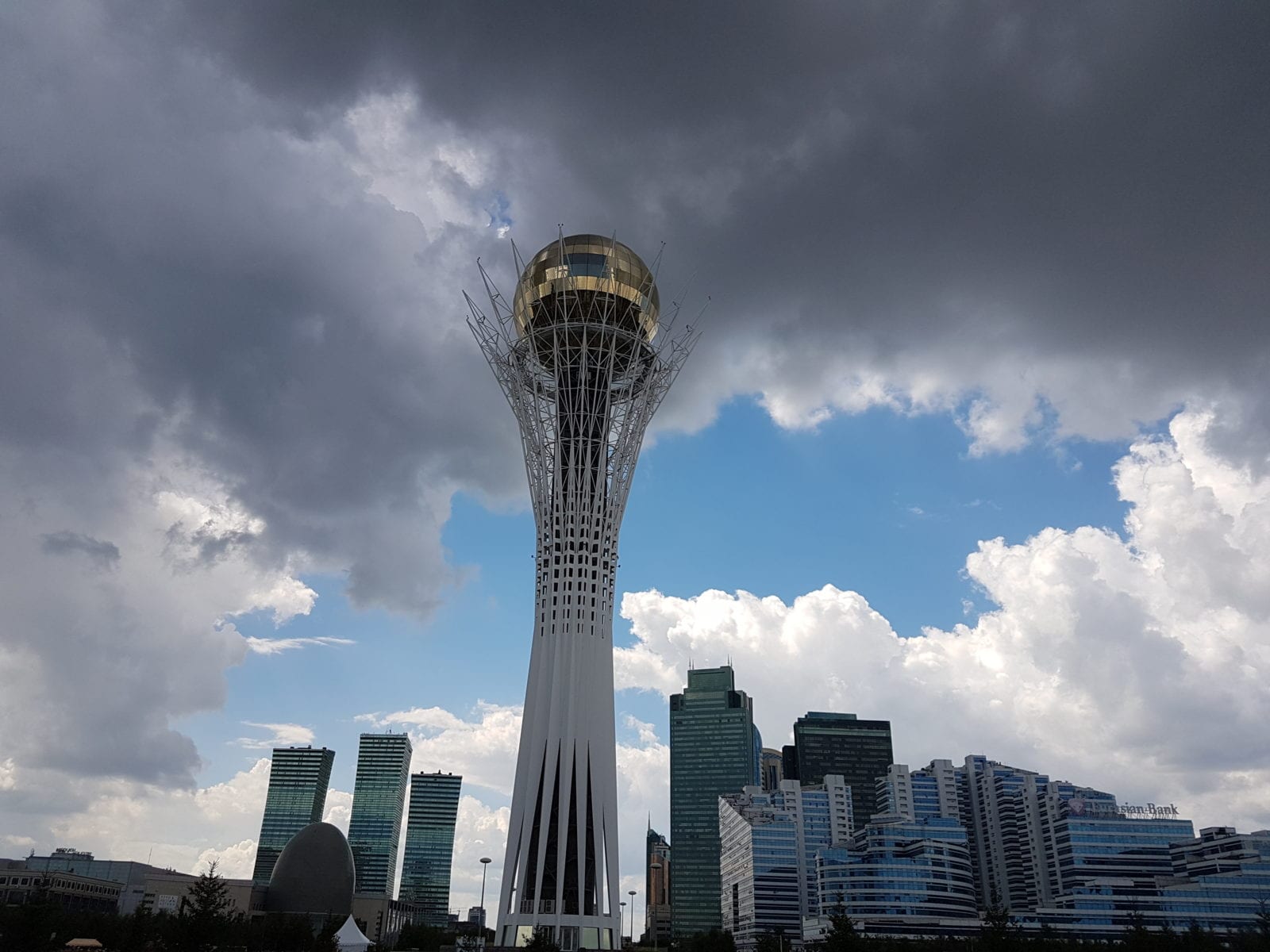USSEC Attends 6th International Poultry Forum in Kazakhstan, Conveys Clear Message on Monitoring Variability and Segregating between Soybean Meal of Different Origins
- Category:
- Animal Utilization
- General News

USSEC attended the 6th International Poultry Forum in Astana, the capital city of Kazakhstan. The conference took place during the third week of July and was attended by more than 200 participants from 25 different countries. The aim of the conference was to provide a unique opportunity for local and regional poultry industry representatives, governmental officials, and commercial specialists to be updated with the latest international trends, exchange experiences, and points of view.
Ruslan Sharipov, the President of the Kazakhstan Poultry Union (KPU), introduced participants, together with the keynote speaker of the conference – Academician Vladimir Fisinin, President of the Russian Poultry Union, and spoke of the achievements of Kazakhstan’s poultry sector over recent years and plans for future developments of the national and regional industries.

In response to the official invitation to attend the key industry event and as part of technical assistance programs offered to U.S. Soy customers, USSEC consultants Dr. Maria Domoroshchenkova (Russia and Commonwealth of Independent States (CIS)) and Dr. Iani Chihaia (Animal Utilization) attended the two-day conference organized by the KPU with the goal to deliver a clear message on the importance of monitoring variability and to raise awareness on U.S. Soy quality attributes, especially for those who were not familiar with segregating between soybean meal of different origins. Interactions of USSEC with Kazakhstan leading poultry companies were initiated thanks to participation in the industry tradeshows, conferences, and forums organized in Russia and CIS during recent years.
The information delivered through the paper presented, “Reducing Variability in Feed Production for Increased Profit and Performances in Broilers,” demonstrated different practical approaches in monitoring and alleviating raw materials variability in feed production for increased profit and performances in broilers. Consultants talked about the importance of proper understanding of ingredients’ nutritive value, developing quality control programs, how to build ingredient matrices, and using different feed formulation techniques with the final aim to increase the revenue of the feed mills and broiler farms.

The presentation was well received and impressed the audience with its technical approach, grounded in a practical emphasis on the impact of soybean meal quality on feed costs and poultry performances. After presentation discussions, delegates said they were inspired and motivated to develop quality control programs that can deliver better results in feed milling and broiler farming. Leading broiler integrations gave an invitation for future one-on-one meetings with the goal to implement soybean meal quality control and fine-tuning of broiler feeding formulation.
As a leading economy in the Central Asian countries (Uzbekistan, Tajikistan, Turkmenistan, and Kyrgyzstan), Kazakhstan has 55 active poultry companies and 6 poultry farms that are under construction, all members of the local poultry union. For the past few years, Kazakhstan’s key poultry companies have constantly sourced their soybean meal from Sodrugestvo, the largest soybean crusher in Russia and CIS and the largest regional importer of U.S. soybeans in FY16.
With a developing poultry industry, Kazakhstan could be regarded as one of the CIS customers for U.S. Soy with a potential growth of soy demand. In 2016, Kazakhstan’s poultry industry produced 170 thousand metric tons (TMT) of poultry meat, 2.7 times more than in 2008, and 3.2 billion eggs. The forecast for 2017 is 193 TMT of poultry meat and 5.1 billion eggs. The advantage of having a large wheat production should make from Kazakhstan a potential hotspot for driving the future growth of regional poultry industry. Improvements in feed quality and lowering production costs should be helped by implementation of the latest concepts in feed manufacturing and broiler nutrition. Besides focusing on higher broiler performances, increase in production efficiency and profit, the local poultry industry needs stronger logistics in sourcing their soybean meal.



